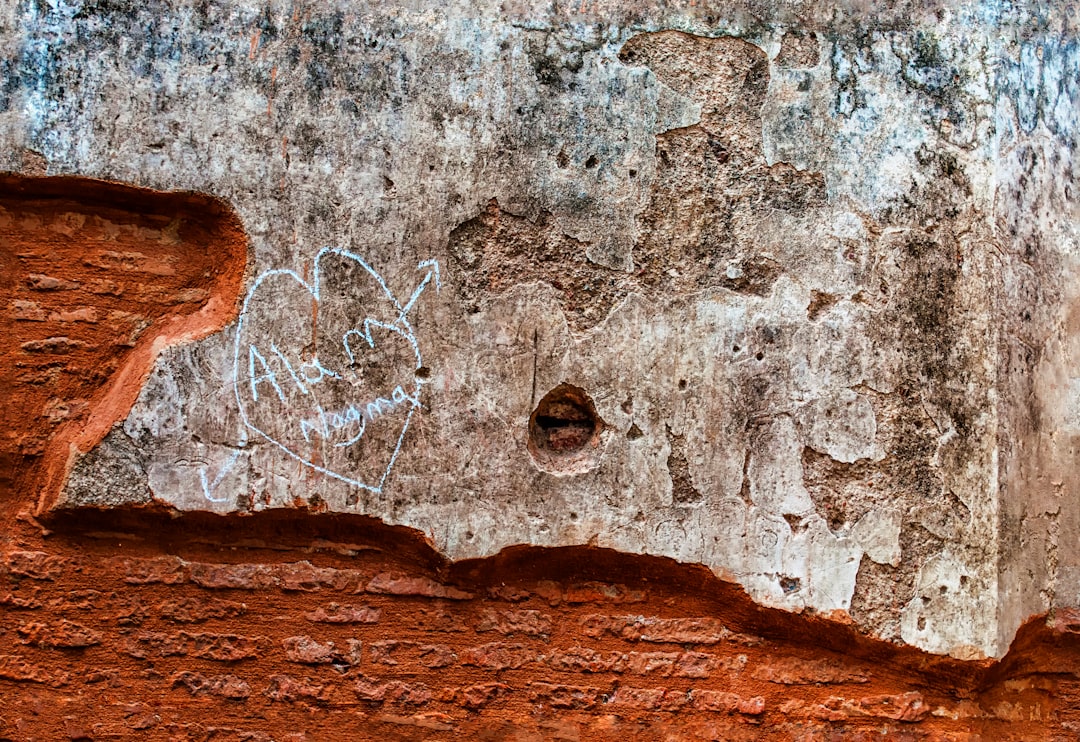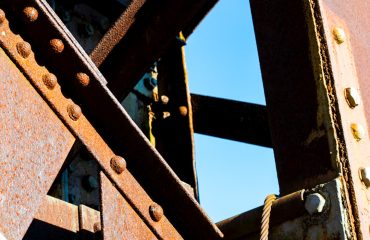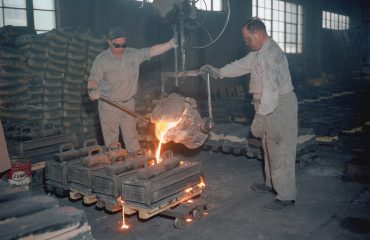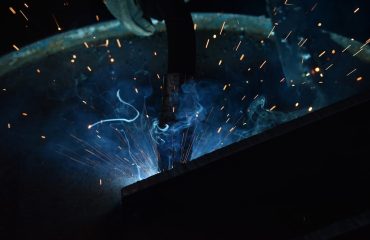Galvanized steel, a ubiquitous material in construction, infrastructure, and manufacturing, owes its widespread use to its exceptional corrosion resistance. This characteristic stems from a protective zinc coating that safeguards the underlying steel from the ravages of rust and degradation. But how effective is this protection, and what factors influence its longevity? This comprehensive guide delves into the intricacies of galvanized steel’s corrosion resistance, exploring its mechanisms, limitations, and diverse applications.
The Galvanization Process: A Protective Shield
The remarkable corrosion resistance of galvanized steel originates from the galvanization process itself. This process involves coating steel with a layer of zinc, typically through hot-dip galvanizing or electrogalvanizing. Hot-dip galvanizing immerses the steel in a molten zinc bath, resulting in a thick, durable zinc coating that adheres strongly to the steel surface. Electrogalvanizing, on the other hand, uses an electrolytic process to deposit a thinner zinc layer. Both methods create a barrier that prevents moisture and oxygen from reaching the steel, thereby inhibiting the oxidation process that leads to rust.
The thickness of the zinc coating is a crucial factor determining the longevity of the protection. Hot-dip galvanizing generally provides a thicker and more robust coating than electrogalvanizing, offering superior corrosion resistance, especially in harsh environments. The choice between these methods depends on the specific application and the desired level of protection.
The Sacrificial Anodic Protection: Beyond the Barrier
The corrosion resistance of galvanized steel isn’t solely reliant on the physical barrier provided by the zinc coating. Zinc is a more electrochemically active metal than steel, meaning it readily oxidizes (corrodes) before the steel. This phenomenon is known as sacrificial anodic protection. When exposed to moisture and oxygen, the zinc layer corrodes preferentially, creating a protective layer of zinc oxide and zinc carbonate. This sacrificial layer continues to protect the underlying steel even if the initial zinc coating is damaged, extending the lifespan of the galvanized steel.
This self-healing mechanism is a key advantage of galvanized steel. Small scratches or abrasions in the zinc coating don’t immediately compromise the entire structure’s integrity. The zinc continues to protect the exposed steel until the sacrificial layer is depleted.
Factors Affecting the Lifespan of Galvanized Steel
While galvanized steel offers excellent corrosion resistance, several factors can influence its lifespan and effectiveness. Environmental conditions play a significant role. Exposure to harsh marine environments, industrial pollutants, or acidic substances can accelerate corrosion. The thickness of the zinc coating is also critical; thicker coatings naturally offer longer-lasting protection. The quality of the galvanizing process itself is paramount; improper application can lead to defects that compromise the protective layer.
Furthermore, the type of steel used as a substrate can also impact the overall performance. The composition and surface finish of the steel can affect the adhesion of the zinc coating and its subsequent performance. Proper surface preparation before galvanization is essential to ensure optimal adhesion and corrosion resistance.
Applications Where Galvanized Steel Excels
The exceptional corrosion resistance of galvanized steel makes it ideal for a wide array of applications, particularly in outdoor and corrosive environments. It’s commonly used in construction for roofing, cladding, and structural components. In infrastructure projects, galvanized steel is used for bridges, guardrails, and fencing. The automotive industry utilizes it for body parts and chassis components. Other applications include pipelines, storage tanks, and various industrial equipment.
The versatility of galvanized steel is further enhanced by its ability to be easily fabricated and formed. It can be welded, cut, and shaped without significantly compromising its corrosion resistance, making it a highly practical and cost-effective material for numerous applications.
Maintaining the Integrity of Galvanized Steel
While galvanized steel is inherently durable, proper maintenance can significantly extend its lifespan. Regular cleaning can remove accumulated dirt, debris, and corrosive substances that might accelerate corrosion. Avoiding damage to the zinc coating is crucial; scratches and abrasions should be addressed promptly to prevent further corrosion. In severe environments, periodic inspections are recommended to identify and address any potential issues early on.
The choice of appropriate coatings or paints can also enhance the longevity of galvanized steel in specific applications. However, it’s essential to select coatings compatible with the zinc layer to avoid compromising its protective properties. Proper selection and application of coatings can further enhance the already impressive corrosion resistance of galvanized steel.
In conclusion, the superior corrosion resistance of galvanized steel is a result of both a physical barrier and a sacrificial anodic protection mechanism. Understanding the factors influencing its lifespan and proper maintenance practices can maximize the benefits of this versatile and durable material. Its widespread use across various industries underscores its importance as a reliable and cost-effective solution for numerous applications requiring exceptional resistance to corrosion.
Tags: galvanized steel, corrosion resistance, zinc coating, galvanization, steel protection




